Has your struggling reader been taught to memorise lists of spelling words that have no common spelling pattern? Were they taught to learn to read by looking at the picture and guessing the words, or looking at the first sound and taking a guess at the word by using context? Well, you are not alone. The vast majority of the students that come to Reading Connections have been taught the ‘read’ this way, and as a result, they have struggled.
This approach to reading is often referred to as a ‘balanced literacy’ approach. Balanced literacy programs often promote cueing, independent reading time and levelled reading. You will know your child has been taught using a balanced literacy approach if they have been sent home with levelled readers, have been taught to use strategies such as ‘Lips the Fish, Eagle Eyes, Skippy the frog, Tryin’ Lion, Cheeky Monkey or Stretchy Snake’. Another sign of a balanced literacy classroom is the use of Running Records for student assessment.
A Structured literacy approach addresses phonics, phonemic awareness, fluency, vocabulary, and comprehension strategies. The structured literacy approach to reading has been based on science and is often called the ‘Science of Reading’. Many of the students that are seeking reading intervention with us found reading extremely difficult purely because they have come from a balanced literacy background. Often parents of struggling readers are made to feel guilty for not reading to their children enough. This is often the conclusion that is reached at school when the balanced literacy approach has failed with individual students. It is much easier to shift the blame onto the parents than to consider that the approach we have in the classroom does not suit everyone. The amazing Professor Pam Snow in her blog, The Snow Report has written about ‘Calling time on parent-blame and children’s reading success’. It is a great read and can be found at www.pamelasnow.blogspot.com. I have studied under Professor Snow and love her honest, educated approach to what is happening out there in the field of literacy.
There is so much evidence available to support the benefits of a structured literacy approach as opposed to balanced literacy. Science tells us that reading is not a skill that comes naturally to humans. It is a skill, like riding a bike or driving a car, that has to be taught, and taught in a way that EVERYONE can understand. Nancy Young (2012) developed The Ladder of Reading. She contested that for 5% of the population, learning to read seems effortless. 35% learn to read easily with broad instruction. For 40-50%, learning to read proficiently requires code-based explicit, systematic, and sequential instruction and the remaining 10-15% of the population who have a learning difference (dyslexia), learning to read requires code-based explicit/systematic/sequential/diagnostic instruction with many repetitions. Young asserts that for all readers, a structured literacy approach will be advantageous, however for those in the 40-50% and 10-15% categories, a structured literacy approach is essential. You can find out about Nancy Young’s work here: https://www.nancyyoung.ca/ladder-of-reading-and-writing
Here at Reading Connections, we are passionate about providing our students with the best possible reading interventions. We are constantly learning, researching and keeping abreast of the most recent research into reading. We use proven methods of intervention using a structured literacy approach. We see every day the positive impact that this approach has for struggling readers and the proof is in the pudding. Every one of our gorgeous students improves their reading skills and confidence, at their own pace of course. For some students, the concept may fall into place very quickly, for others it may take a bit longer, but the fact is that structured literacy works!
